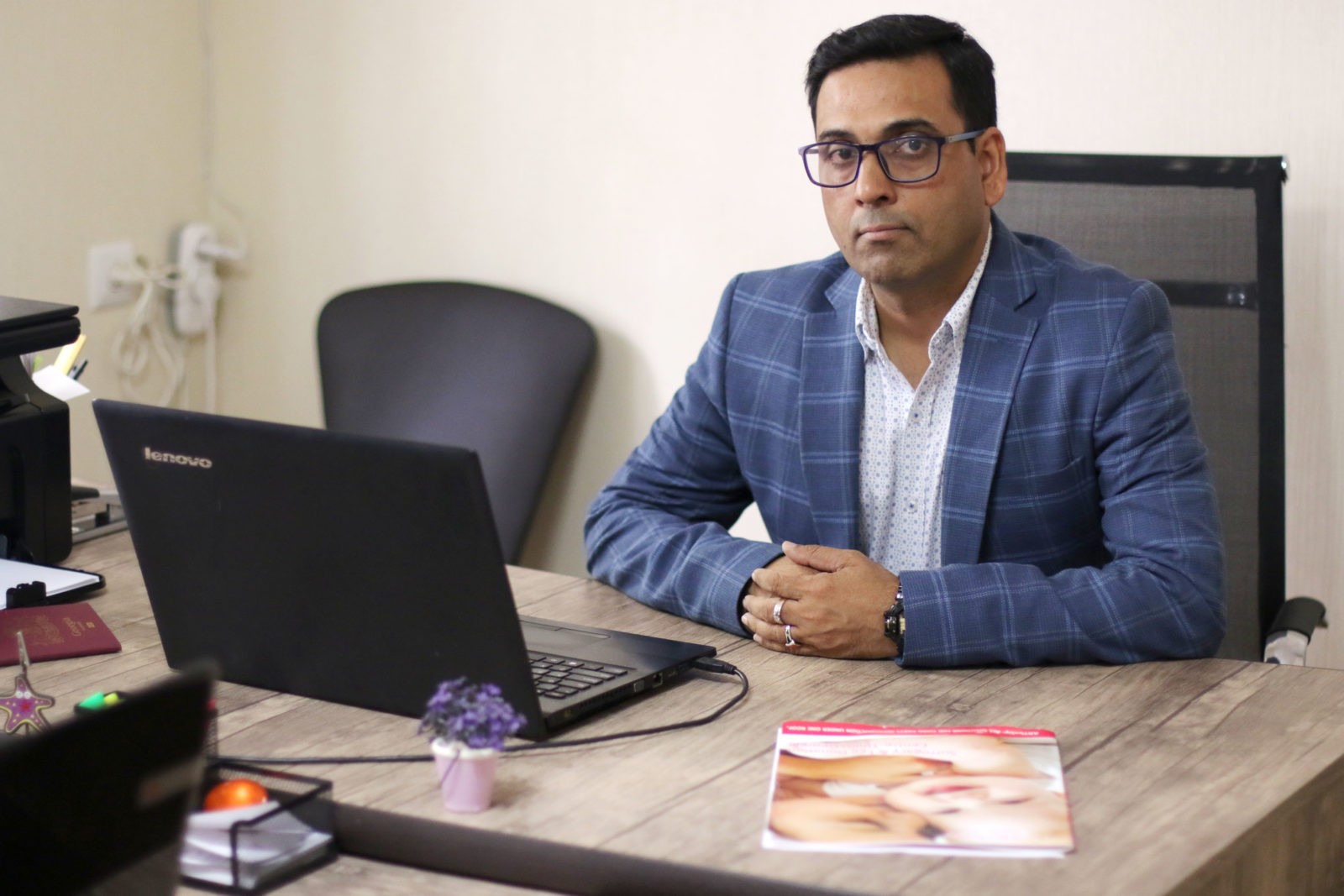In-vitro-fertilization (IVF) is an integral part of surrogacy.
In surrogacy, the egg is retrieved from the intended mother and fertilized with the sperm of the intended father through the IVF process.
After the formation of the embryo, it further transfers to the surrogate’s womb for further development.
In surrogacy also donor egg or donor sperm may required depending upon the patient’s condition.
The success rate of surrogacy depends upon the healthy embryo creation and delicate placement of the embryos at the proper location near the middle of the endometrial cavity – with minimal trauma and manipulation.
The advanced technology of ultrasound-guided embryo transfer is the most efficient technique available that can be utilized in the surrogacy process.
Similar to IVF, injectable medications are prescribed to the intended mother or donor for ovarian stimulation and the development of multiple eggs.
Eggs develop in ovarian follicles. Eggs are retrieved from the ovaries after the maturation of the follicles.
The collected sperm from the intended father or donor is then mixed with retrieved eggs in specialized test tubes.
The fertilization procedures are continuously monitored for consequent days. After certain days, the healthy embryo/s are transferred to the uterus of the surrogate.
The ultrasound-guided embryo transfer technique
The embryo transfer technique is quite similar to the Pap smear test for the woman.
No medication is required for this technique.
This is a painless procedure. Doctors prefer to perform ultrasound-guided embryo transfer in a moderately full bladder for embryo transfer.
This particular criterion has two clinical significances:
It allows good ultrasound imagining of the catheter which aids with the smooth and correct transfer of the embryos to the best location.
It also clarifies the (anteverted, “tipped up”) uterus to a more compliant angle, making the process smoother and less distressing for the uterine lining and the embryos.
Embryos are loaded in the embryo transfer catheter.
The doctor passes it through the cervical opening up to the center of the uterine cavity.
Abdominal ultrasound is used concurrently to observe the catheter tip reach the proper location.
It is sometimes hard to retain the catheter tip in the particular plane of the ultrasound beam at all times – but it is crucial to control the accurate placement of the embryos.
At the point when the catheter tip arrives at the ideal area, the incipient organisms are then, at that point “moved” (spurted out of the catheter) to the covering of the uterine depression (endometrial coating) by the fruitlessness expert doctor.
After the embryos are moved, the catheter is gradually removed and checked under a magnifying lens for any held incipient organisms.
If an embryo is held in the catheter (unprecedented) the exchange strategy is rehashed promptly and the catheter is checked once more.
Legitimate area for the arrangement of the embryos at move
Research has been done to decide the ideal area to put the embryo in the uterine hole.
Essentially, the center of the endometrial hole – most of the way from the inside os of the cervix to the uterine fundus (top of hole) – is the best spot.
Care ought to be taken to keep the catheter between the top and base layers of the endometrium and not to permit it to analyze under the endometrial surface.
This is called sub-endometrial incipient organism move.
Pregnancies will happen with the sub-endometrial position of the embryos, however, achievement rates are lower.
Smooth, proficient, and effective embryo transfer
Best with a moderately full bladder for great ultrasound perception and a better position embryo transfer void bladder.
Restricted movements and bed rest after embryo transplantation
The Surrogate lies on her back for 1 hour after embryos move before returning home.
The healthcare team also asks her that she additionally limit actual work for the rest of that day.
This implies bed rest after the embryo transfer for the remainder of the day and that evening.
It doesn’t mean aggregate “bed rest” however can be hanging out on the lounge chair or in the Lazy-kid chair – watching movies, listening to music, and so on.
The healthcare team permits “ordinary movement, for example, working, strolling around, and so forth starting the morning after the incipient organism move.
Weighty bobbing of the uterus is limited until after the pregnancy test.
Along these lines, water skiing, running, “uterus bobbing sex”, and other high effect exercises are most likely not a smart thought until after the pregnancy test.
The healthcare team allows the surrogate to start all the regular activities after a positive pregnancy result.

Ravi Sharma is a self-motivated, successful entrepreneur and has a solid experience in the fertility segment. and he is the director at ARTbaby Global (ARThealthcare). He is a pharmacy graduate with post-graduation in business administration and has 14 years of rich experience in the field of infertility segment. He loves to write about IVF, Surrogacy, and other ART (assisted reproductive technology) news, issues, and updates. He is a Pharmacy graduate (B. Pharm) and M.B.A (marketing).
His most recent success includes the successful launch of the medical tourism company, ARTbaby, which offers treatment options for infertility, egg donation, and surrogacy. He likes spending time with his family and writing about various aspects of IVF surrogacy and donating eggs.

